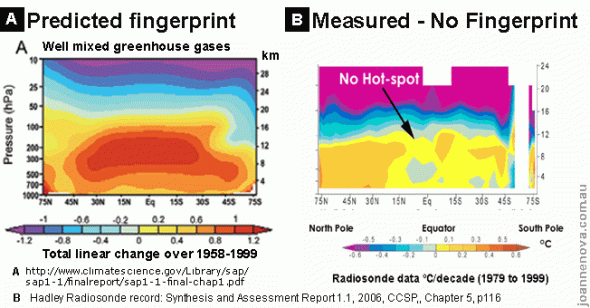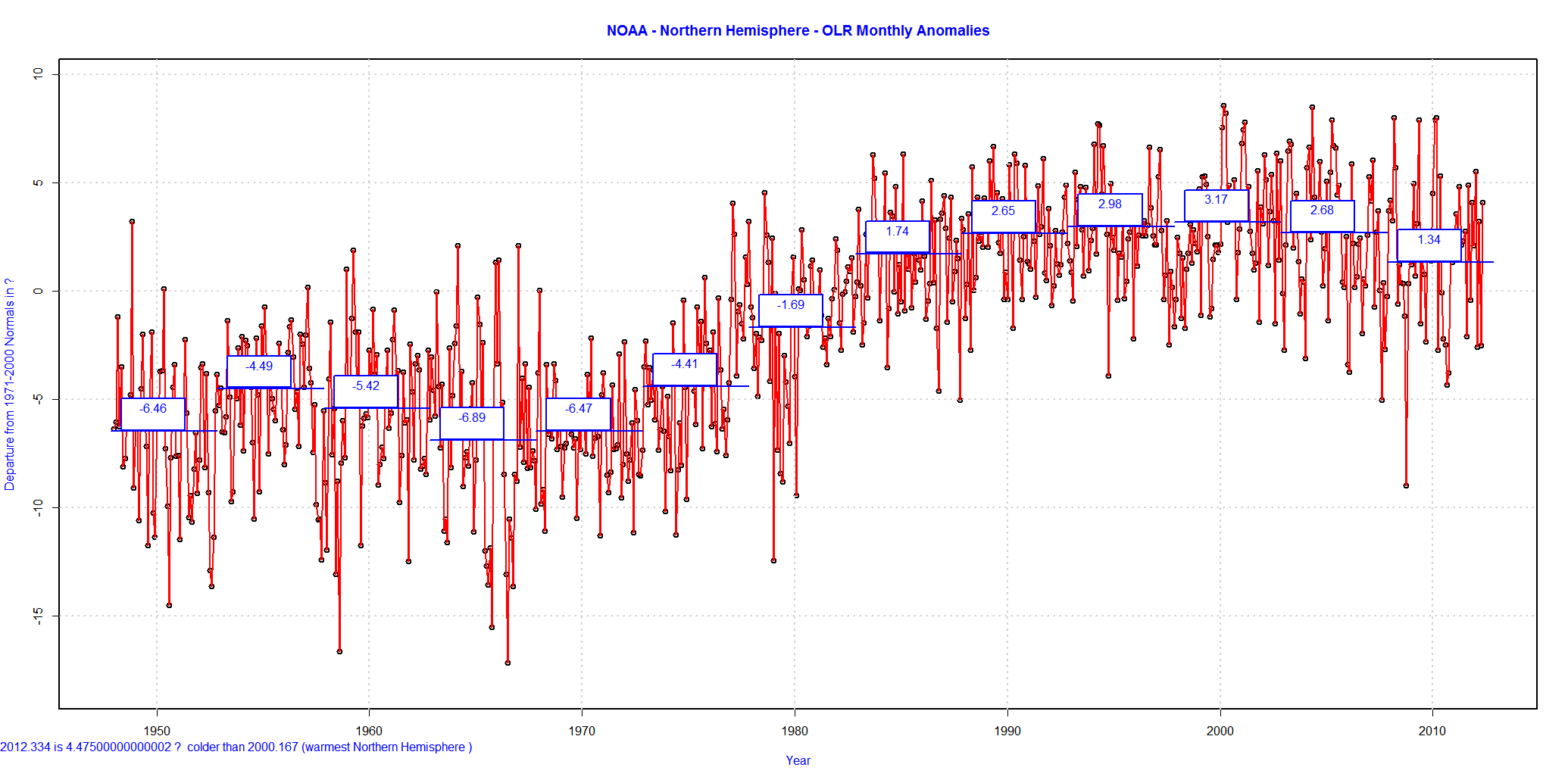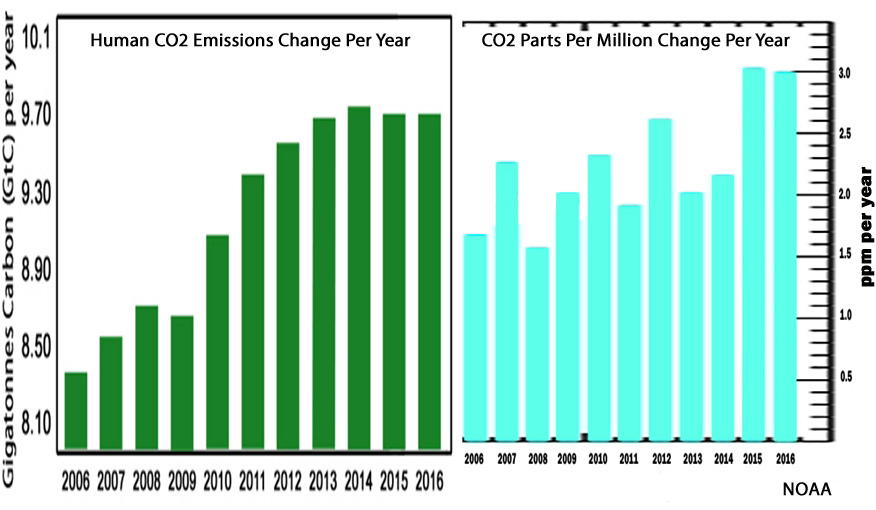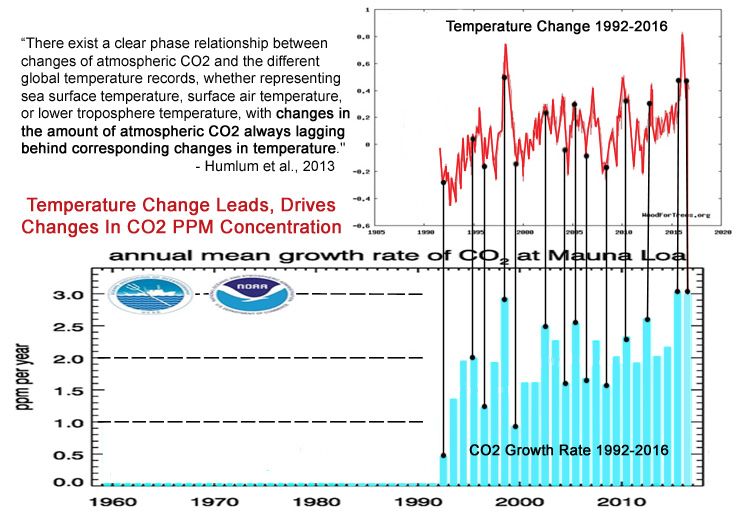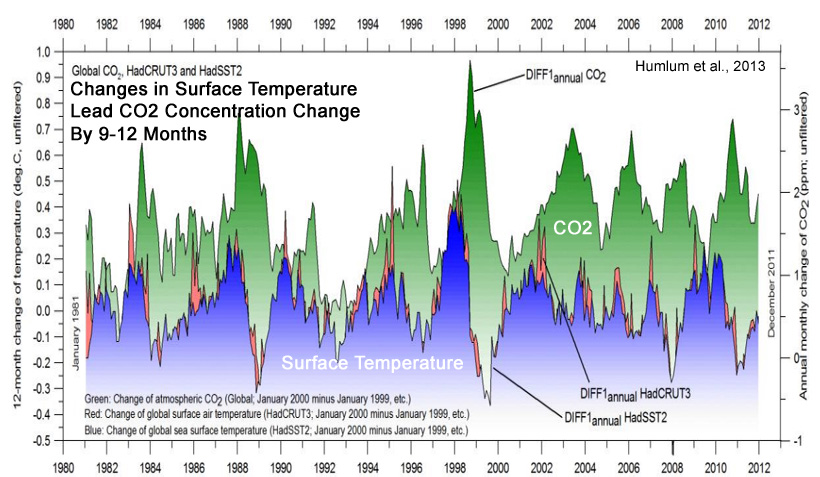Wyatt earp
Diamond Member
- Apr 21, 2012
- 69,975
- 16,382
- 2,180
The exert did not claim they had satellites a hundred years ago. It claimed it can and has measured the greenhouse effect using satellites. It's your typical strawman you are trying to use here.That's what you read not what is implied.Why do you say that?
That's what implied or is earth only 100 years old?
So we had space stuff a hundred years ago or Mann's temperature reading tree rings?
?
Finnish study finds ‘practically no’ evidence for man-made climate change
A new study conducted by a Finnish research team has found little evidence to support the idea of man-made climate change. The results of the study were soon corroborated by researchers in Japan.
In a paper published late last month, entitled ‘No experimental evidence for the significant anthropogenic climate change’, a team of scientists at Turku University in Finland determined that current climate models fail to take into account the effects of cloud coverage on global temperatures, causing them to overestimate the impact of human-generated greenhouse gasses.
Models used by official bodies such as the Intergovernmental Panel on Climate Change (IPCC) “cannot compute correctly the natural component included in the observed global temperature,” the study said, adding that “a strong negative feedback of the clouds is missing” in the models.
Clouds? Who said anything about clouds???
Ureka!!!!!! Scientist just found out clouds cover Greenland!!!

